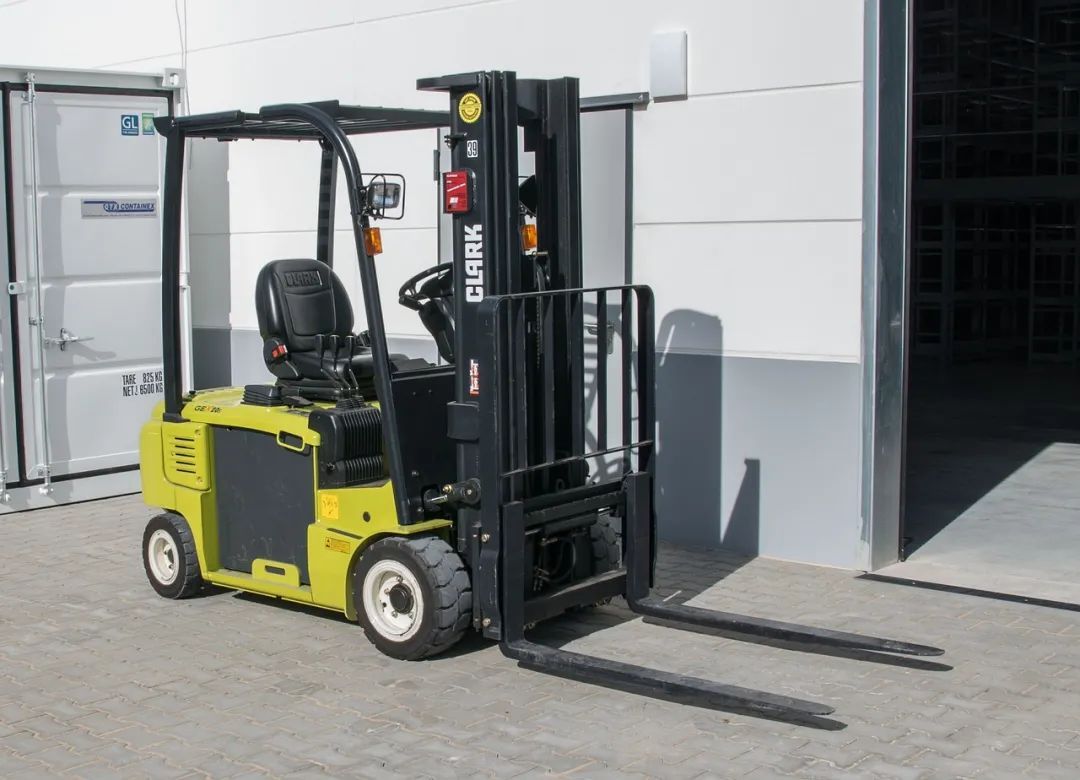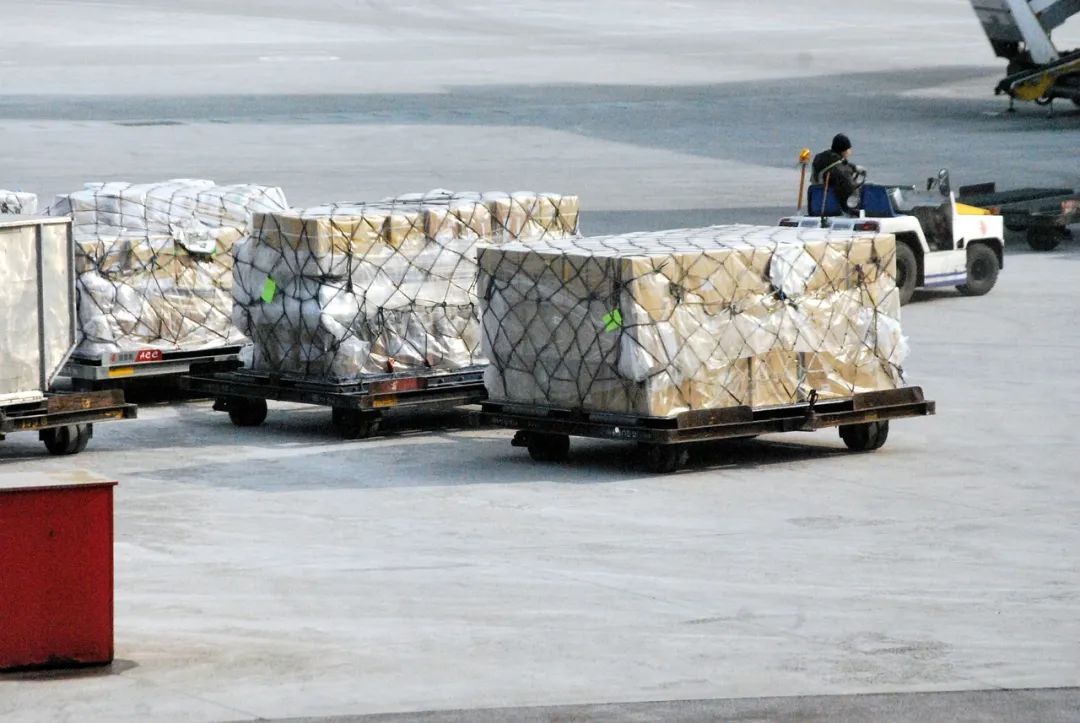Dry goods | What does "tackling" in international logistics mean? What precautions?
01 What is "tapping"
In the logistics industry, "pallet" refers to "pallet". Palletizing in logistics refers to packing a certain number of scattered goods into packages for the convenience of loading and unloading, reducing cargo damage, improving packing efficiency, and reducing logistics costs. The form of pallet (Palletization) - that is, the process from bulk cargo to pallet cargo (Palletization).
In international logistics, cargo transportation is often required to be palletized. So, what are the benefits of palletizing, and what are the precautions?

02 The benefits of palletizing
The purpose and benefits of palletizing are: to reduce the number of loose goods, reduce the probability of loss of goods (after all, the probability of losing a pallet is much lower than the probability of losing a small box of goods), and after palletizing, the overall cargo is more It is strong, and there is no need to worry about the deformation of the goods.
Of course, after the goods are palletized, the space utilization rate when stacking goods will also be reduced. But it can reduce the time of coding goods. Because the goods can be directly put into the container with a forklift.

03 Operation steps of palletizing
first step:The first is the preparation of materials: pallets, stretch film, packing tape.
Step two:The second is the worker's code: the code is divided into 4 flowers, 5 flowers, 6 flowers, etc., and appropriate distribution is made according to the ratio of goods and pallets.
third step:Finally, the wrapping tape (if the customer needs it) wraps the film: it can fix the goods so that they will not fall apart, and it can also play a role in preventing moisture. The most important thing is that it is easy to load and unload.

04 Precautions for palletizing
1. The label of the goods on the pallet should face outward, so that the barcode on each carton can be scanned without moving.
2. When the cargo pallet is used, the fork of the pallet should be in a place that is convenient for the turnover and handling of the equipment, so as to cooperate with the equipment.
3. When stacking goods, it is not recommended to exceed the edge of the pallet, and try to choose a pallet with a size and type that is more suitable for this product;
4. Do not use damaged or unknown pallets.
5. When there are multiple different types of goods shipped on a pallet, the goods are packaged separately so that it is not easy to cause mistakes when receiving the goods. It is recommended to affix signs indicating different types of goods.
6. It is recommended to stack the heaviest items at the bottom of the pallet.
7. Do not let the carton exceed the edge of the pallet.
8. The pallet must be close to the standard height to allow for pallet gaps and stacking opportunities.
9. Pallet the carton with stretch film to ensure that the stretch film completely covers the goods on the pallet, which can prevent the goods from falling during transportation and ensure that the stacked pallets are stable during transportation.




















